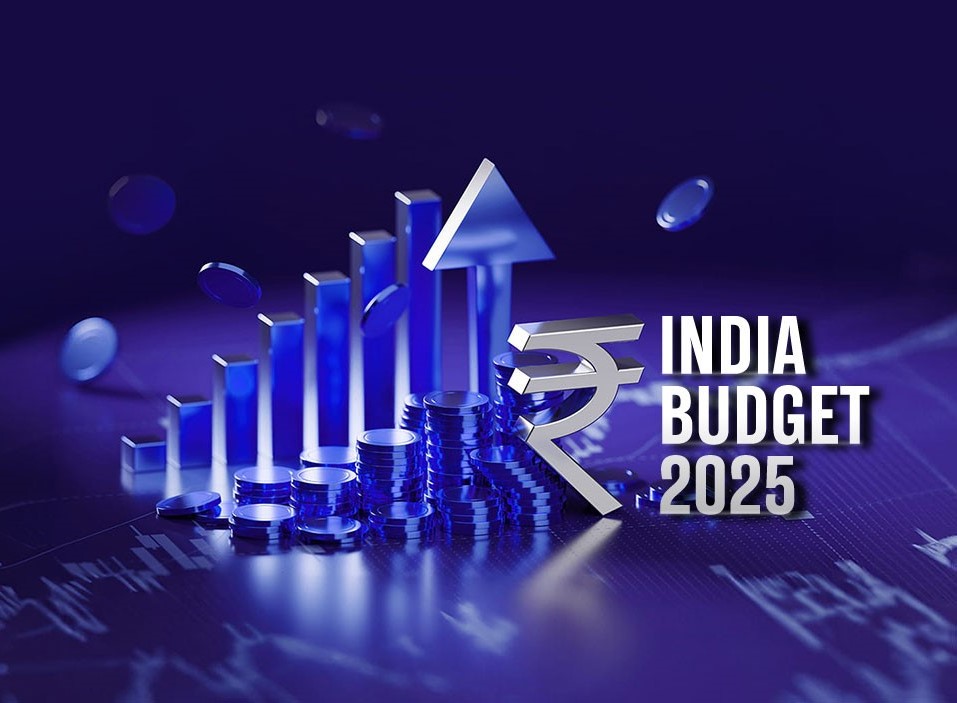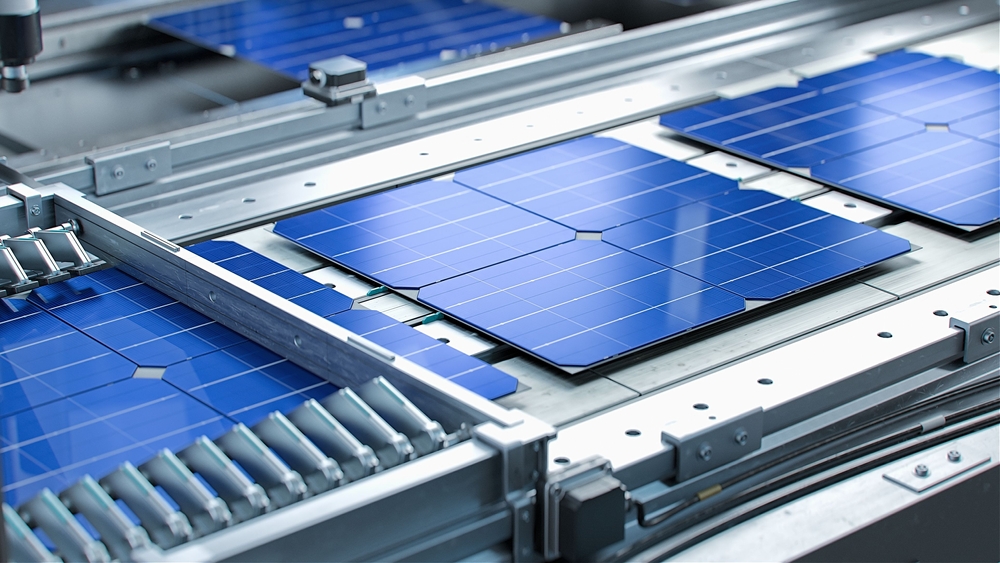Navigating the Future - From 'India @100' to 'Inclusive Growth 2.0' in Budget 2025
UNION BUDGET 2025
KEY ANNOUCEMENTS – FOR INDIAN ENERGY & INFRASTRUCTURE SECTOR
-
Clean Energy: The Budget emphasizes investments in solar, wind, and green hydrogen, with significant policy reforms designed to accelerate the country's clean energy transition. The vision aligns with India's climate goals for a cleaner, greener future.
-
Power Sector: With a focus on enhancing thermal efficiency, modernizing grids, and improving Discoms' financial health, Budget 2025 sets the stage for a resilient and future-ready power sector.
-
Tourism: Focus on infrastructure development, tax incentives, and skill development programs will rejuvenate India's tourism sector, aiming to position the country as a global tourism hub.
-
Hydrogen: A robust push for green hydrogen with investments aimed at making India a global hub for hydrogen production and export, catalysing innovation, and supporting India's net-zero ambitions.
-
Shipbuilding & Maritime Sector: The Budget outlines funds for maritime infrastructure, port modernization, and tax incentives aimed at enhancing India’s position in global shipping.
INDIA BUDGET 2025: ADVANCING THE GREEN TRANSITION
The Union Budget 2025 lays the foundation for India's next leap in power, renewables, and energy transition, reinforcing the nation's ambition to be a global clean energy powerhouse. A strong push for grid modernization, BESS (Battery Energy Storage Systems), and smart infrastructure signals the government's commitment to enhancing energy security and grid resilience.
With renewable energy at the heart of India’s growth, increased allocations for solar, wind, and hybrid projects aim to accelerate capacity addition, ensuring a seamless shift towards a low-carbon economy. Green hydrogen emerges as a key frontier, with strategic incentives to make India a competitive producer and exporter, aligning with its "Hydrogen Mission" goals. The budget also reinforces green manufacturing, offering incentives for domestic solar PV, battery production, and advanced clean-tech solutions, reducing import dependence and boosting India's global competitiveness.
Carbon trading mechanisms and climate financing gain prominence, pushing industries to align with net-zero goals while ensuring a sustainable trade framework. In essence, Budget 2025 is a game-changer, setting the stage for a new energy era—where India leads the world in sustainable power, clean technology, and climate-conscious trade. Eninrac Consulting deciphers the roadmap ahead—opportunities, challenges, and the way forward!
INDIA UNION BUDGET 2025-26 FINANCIAL SNAPSHOTS
INDIA UNION BUDGET 2025 -26 SUMMARY OF EXPENDITURE & INCOME 2025-26
INDIA UNION BUDGET 2025 -26 KEY NUMBERS
Budget Estimates for 2025-2026 for Key Energy and Infrastructure Ministries
Budget Estimates for 2025-2026 for Key Other Ministries
Percentage Share of Key Ministries in the Budget Expenditure for 2025-26
Subsidy (In INR Crores) offered by the GoI to key sectors
Outlay (In INR Crores) on Major Schemes on Social Sector Development
Outlay (In INR Crores) on Major Schemes on Industry and Infrastructure Development




